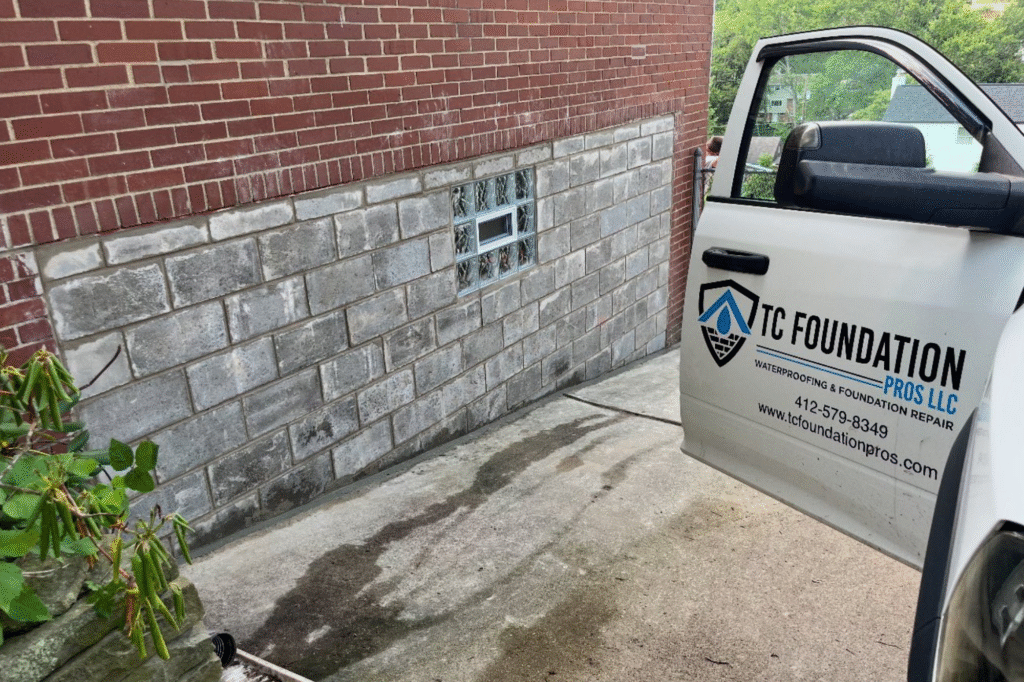A home’s foundation is its backbone, supporting everything above it and keeping the structure stable through years of weather and wear and tear. For Pittsburgh homeowners, understanding the primary foundation repair methods is crucial due to the city’s challenging soil and climate. This post explains how professionals approach foundation repair, what each procedure involves, and how to know which one might be right for your home.
Key Takeaways
- Foundation issues in Pittsburgh often stem from soil movement and weather patterns.
- Piering, wall anchoring, and slabjacking are the main repair methods homeowners should know.
- A professional inspection is vital before choosing a repair method.
- Local experience matters because Pittsburgh’s soil and terrain are unique.
- Early attention prevents small foundation problems from becoming major structural concerns.
Why Foundation Problems Happen in Pittsburgh
The Pittsburgh region boasts a unique character, from its rolling hills to its diverse mix of older brick homes and newer builds. That same character, though, can challenge your home’s stability. Clay-heavy soil expands when wet and contracts when dry, while the city’s freeze-thaw cycles cause ground movement that can stress a foundation.
In one case, a homeowner in Mount Lebanon noticed a long horizontal crack stretching across their basement wall. Over time, the wall began to bow slightly inward, a clear indication of foundation movement. This type of situation is common in neighborhoods like Squirrel Hill and Shadyside, where older homes experience soil pressure over the course of decades. Local professionals specializing in foundation repair Pittsburgh homeowners trust, often see these patterns each season.
Common Foundation Repair Methods
When issues appear, professionals use several established methods to restore stability. Three of the most common are piering, wall anchoring, and slabjacking. Each method targets a different type of problem and requires careful evaluation before work begins.
Piering (Underpinning)
Piering involves driving steel or concrete piers deep into stable soil beneath the home. These piers transfer the building’s weight to more solid ground, preventing further sinking and often lifting the structure back to level. This approach is used when foundations settle unevenly or when parts of the house begin to tilt. Homeowners in Pittsburgh’s older neighborhoods may encounter this issue due to gradual soil compaction or changes in moisture levels. Local specialists in Pittsburgh foundation repair use piering to restore stability without major disruption to the surrounding yard.
Wall Anchors and Reinforcement Systems
If a basement wall bows or leans inward, wall anchors or reinforcement braces can help. These systems secure the wall by applying opposing pressure from the stable soil outside. The process usually involves installing steel rods through small openings and connecting them to anchors buried in the ground a few feet away. Over time, the tension helps straighten and stabilize the wall. This technique is common in homes throughout Lawrenceville and Highland Park, where basements often show stress from hydrostatic pressure after heavy rains. Contractors offering Pittsburgh foundation repair services rely on this method for its effectiveness in halting wall movement.
Slabjacking (Mudjacking)
Slabjacking is used for sunken concrete surfaces, such as driveways, sidewalks, or garage floors. Technicians pump a special grout mixture beneath the slab, lifting it back to its original position. It is a precise process that restores both appearance and function without replacing entire sections of concrete. Homeowners in neighborhoods like Bloomfield and Greenfield often benefit from slabjacking when seasonal soil shifts create uneven walking surfaces around their homes.

How to Know Which Method Is Right for You
Every foundation issue is unique. The right repair method depends on the type of problem, soil conditions, and home design. A professional inspection is essential before choosing any approach. Trained specialists evaluate the extent of damage, check moisture levels, and study soil movement patterns to determine the most effective solution. When working with local experts, homeowners gain insight into how Pittsburgh’s terrain and weather patterns influence their specific foundation. Foundation repair services often provide a detailed assessment, ensuring homeowners understand all their options before making a decision.
What Homeowners Should Expect During Repair
Once you schedule a repair, expect several stages: inspection, planning, repair, and post-repair review. During inspection, crews confirm measurements and soil conditions. Preparation may involve clearing access around the foundation and protecting landscaping. Repairs are then completed using the chosen method, with careful monitoring to ensure accuracy.
Afterward, technicians typically revisit the site to verify stability. For instance, one Shadyside homeowner found that after pier installation, interior cracks closed noticeably and doors began closing smoothly again. These small signs show the effectiveness of a proper repair. Every project aims to restore both structural integrity and peace of mind.
In Summary
Your foundation supports every part of your home, and protecting it ensures lasting comfort and safety. By understanding the repair methods available with TC Foundation Pros LLC, you can make informed decisions and maintain your property’s strength for years to come. Whether you live in Mount Lebanon, Lawrenceville, or Shadyside, it’s always wise to address foundation concerns early.
Ready to protect your home? Contact us today to learn more about the foundation repair Pittsburgh homeowners rely on.
